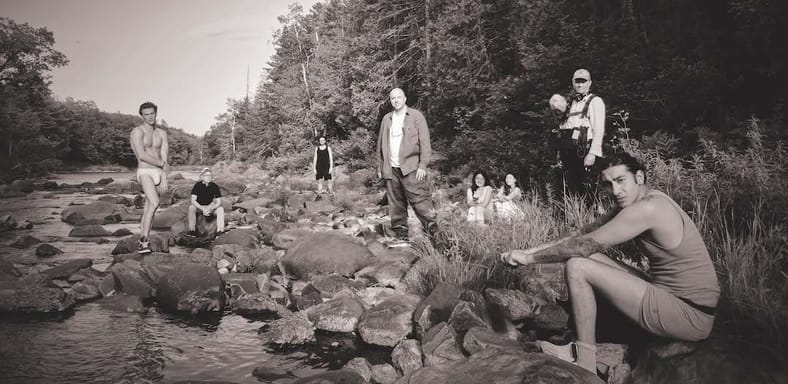
“It’s a long way to the top if you wanna rock ‘n’ roll,” goes the 1976 AC/DC song of the same name, and it applies to much more than music. Filmmakers, too, have a long road in front of them, from the moment they first dream of making movies to the moment of actually making it.
But the truth is, all art and careers surrounding it are a process, not a destination; the journey of so-called “making it” is ongoing, until the heart and the mysterious force that makes it beat decides the final cut. The artistic process is full of highs and lows — and perhaps more lows than highs. As Uncle Boris says in Steven Spielberg’s The Fabelmans, “Art is no game. Art is as dangerous as a lion’s mouth. It will bite your head off.”
Depression. Anxiety. Poverty. Hopelessness. Aimlessness. Loneliness. Exhaustion. These are just a few of the wounds filmmakers can suffer along the way to whatever summit they’re scaling. So, MovieMaker spoke to several filmmakers, all on different points on the path, about how they manage to tame that metaphorical lion and keep on keepin’ on through this film to the next.
All of the following interviews took place weeks before the Hollywood writers’ strike — yet another twist in the journey. But the advice below is timeless.
SARAH SPILLANE
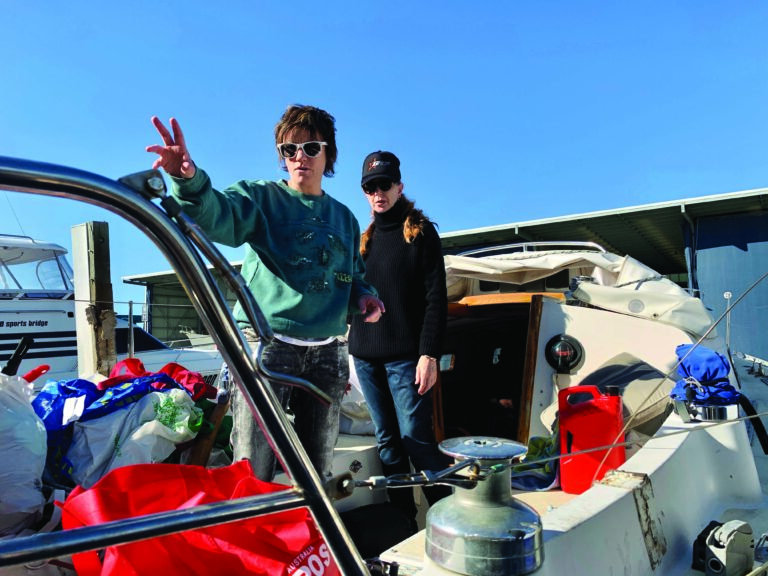
“Being a filmmaker is as much a life choice as it is a career choice,” says Sarah Spillane, writer-director of the hit Netflix sailing adventure True Spirit, which became the streaming platform’s No. 2 trending movie in the world the day before she spoke with us.
True Spirit adapts the true story of Australian teenager Jessica Watson, who embarked on a voyage to become the youngest person to ever sail solo, non-stop around the world. Spillane embarked on her own parallel journey: She moved from Australia to Los Angeles to pursue the Hollywood dream at the exact same time that Watson hit the high seas.
“So, it’s kind of bizarre, the timelines, although she was battling 60-foot waves and very life-threatening conditions. Of course, I didn’t have to do that in Hollywood,” Spillane says. “But there’s a lot that I did have to battle, and you know, if we’re using metaphors, then one could say sharks, for sure.
“They’ll promise you the world, and then they’ll break your heart,” Spillane adds. “So that’s why I think it’s so important to find a team that you can trust — whether that’s agents, managers, producers — and stick with them and work together on a common goal.”
To attract that team, she recommends checking any entitlement at the door upon entering the business. Don’t just tell people about your talent — prove it. “Put in the hard work and get your hands dirty,” she says. “Start creating your own content, shooting your own short films, putting them in festivals, building a little bit of traction yourself. And I think in that process, you’ll start acquiring a team around you.”
Perhaps the biggest hurdle all filmmakers must clear before they make their dream feature, and even after, is maintaining a financial livelihood, which serves as a foundation for both physical and mental health.
“Realistically, almost any director is going to go years in-between projects,” Spillane says. “So unless your content is at a studio level, that paycheck rarely will sustain those years in between, and so I think it’s about staying positive in-between. … I mean, honestly, it’s so hard. I’m not gonna pretend it’s easy.”
But with the advent of the creator and side-hustle economies, it can be easier, in some ways, to leverage your skills and assets.“Get creative with your livelihood,” Spillane advises. “I’ve Airbnbed my house so that I can be receiving some income to allow me to get through to the next movie.”
She adds: “Make the system work for you, don’t be a victim of it.”
And: “Believe in your own uniqueness.”
“I think that’s one of the most frustrating things, that people end up chasing their tail in Hollywood. Everyone’s looking for that next big thing that’s original,” she explains. “But if you spend your days chasing that originality or trying to come up with something original compared to something that’s out there, I think you’re just going to drive yourself crazy.“
CARTER SMITH
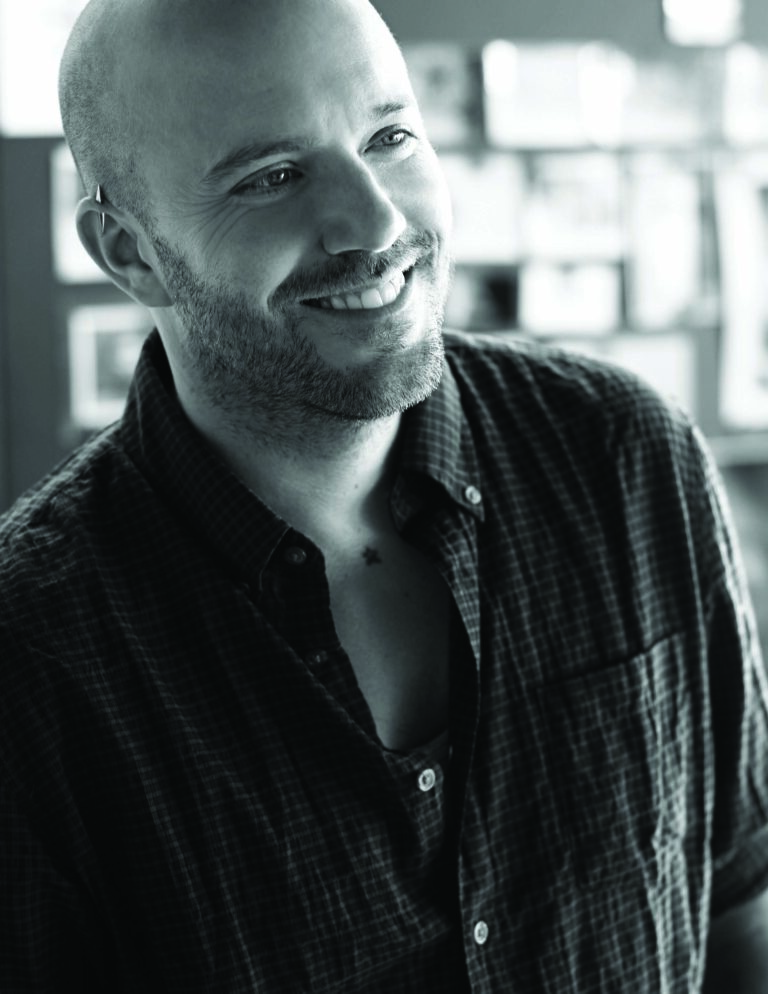
Carter Smith, a photographer-turned-filmmaker who worked at the major studio level to direct the 2008 DreamWorks horror movie The Ruins, suggests “letting go of expectation.”
“When we have these expectations, we’re sort of setting ourselves up for failure, and we’re basing those expectations on other people’s paths,” he explains. “It’s important to remember that everybody has their own unique way of finding their way into filmmaking… If you’re trying to conform and match what has worked for someone else, you’re sort of setting yourself up for disappointment.”
After The Ruins, Smith went on to make more short films and music videos while maintaining a healthy photography career, which enabled him to be particular about his moviemaking endeavors. “I never had to take a film job because I needed a payday,” he says. “I was able to choose projects that I wanted to pursue based on how passionate I am about the project.”
Like his third feature film, Swallowed, a new indie horror movie he made with a crew of eight people in the backwoods of Maine. It’s now available on all VOD platforms.
“I decided to make Swallowed after spending a lot of time really frustrated with the development process and the financing process, and how difficult it can be to get these movies made,” he says. “I kind of loved the idea of writing something that I would be able to go out and shoot, without having to wait for permission from anyone else. And it was one of the most exhilarating and exciting filmmaking experiences I’ve had.”
NOAM KROLL
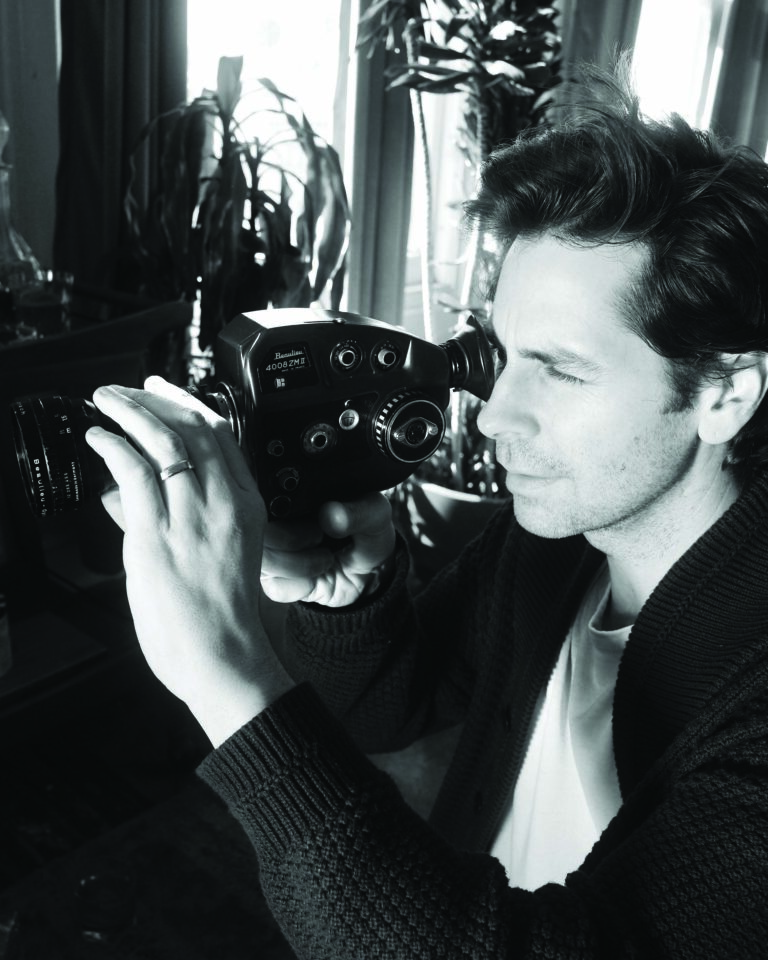
That’s also the attitude of Noam Kroll, an entrepreneurial filmmaker working on his third feature film. “The only thing I think that really matters, and that will help everybody, is just that they focus on making films,” the writer-director tells MovieMaker.
“I think where most people get confused is they either look at one person’s path and they try to emulate it and it doesn’t work for them, or they get overwhelmed by the fact that there are a thousand different paths that they could take, and then they can’t kind of choose something and just go with it,” he says.
Kroll resides in Los Angeles with his wife and two children, seemingly shooting no- and micro-budget short films all the time, while also running a commercial production company for income. He also has a very helpful filmmaking community and resource blog at noamkroll.com. He released his first feature film, Shadows on the Road, in 2018, followed by the 2020 low-budget thriller Psychosynthesis.
“I never think anything I do is perfect; I always see all the flaws. But it’s pretty clear to see, film by film, the growth — and that’s the reward,” Kroll says. “My path has very much been DIY filmmaking, and then that has organically led into all of these other things that actually helped me pay the bills and keep the lights on.”
“You can’t predict how the success will come,” he adds. “But the most important thing is that you are doing the one and only thing that you need to do to be a filmmaker, which is to make films.”
ADI SHANKAR
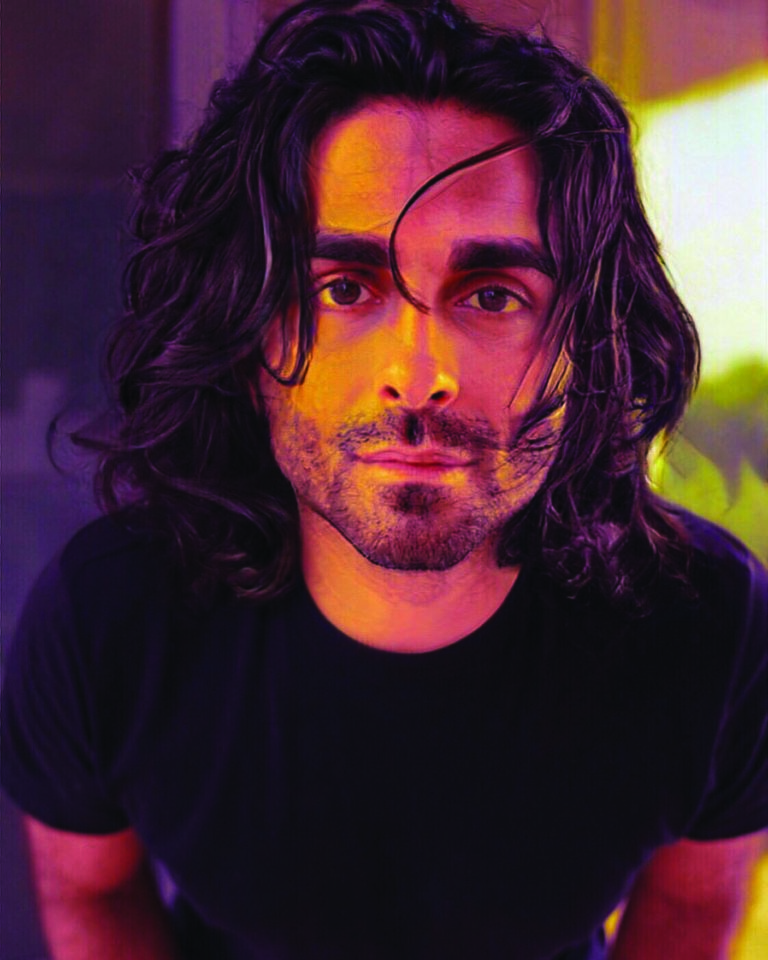
Adi Shankar is an example of a filmmaker who found major movie industry success in his early 20s, executive producing box-office hits The Grey and Lone Survivor, as well as the acclaimed comic-book adaptation Dredd. He soon turned to animation, successfully adapting the video game series Castlevania for Netflix, and then directed The Guardians of Justice (Will Save You!), a mind-melting, subversive mixed-media superhero series, also streaming on Netflix.
“I think part of the trick, part of the game here, is recognizing when something is working, and then double, triple, quadruple down on it and keep doing it over and over and over again, until it stops working, and then eventually, that leads to a new door opening,” he says. “I feel like, ultimately, things organically lead from one to another.”
His swerve from live action to animation wasn’t sudden, for those paying attention.
In 2013, the filmmaker launched the popular YouTube channel, “Adi Shankar’s BOOTLEG UNIVERSE,” which produced viral fan films based on existing IP, including the Punisher, Venom, Power Rangers and James Bond. It also featured a six-part animated Judge Dredd series, Superfiend.
Shankar has another animated series, Captain Laserhawk: A Blood Dragon Remix, coming to Netflix this year. He advises aspiring filmmakers to observe and understand the workings of the industry, or what he calls “this giant machine that is the global entertainment apparatus that governs what gets distributed.” Pick your own metaphor, but in this one, every filmmaker is a cog.
“And the beauty of the machine is, it’s so big and it’s so vast, eventually, the machine will come to you with a role,” he says. “If you come up to bat enough times, eventually you get a sign … ‘This is my role.’”
“Broad is your enemy,” he tells MovieMaker. “Focus is better.”
That includes focusing on the right questions to ask when you meet the right people, who can serve as mentors.
For Shankar, a key mentor was Spawn creator Todd McFarlane. He cold-called McFarlane in his early 20s with a dream of producing a film version of the iconic comic-book antihero.
“For years, I would call him every month, and we would talk for at least an hour or more, and he would just tell me stuff. And in my mind, I thought I was trying to get the Spawn rights. But really, he taught me so much about branding, world-building, animation, and then a light bulb started going off years later.
“I’m like, well, I know all this stuff, because Todd taught this to me.”
BEN TEDESCO
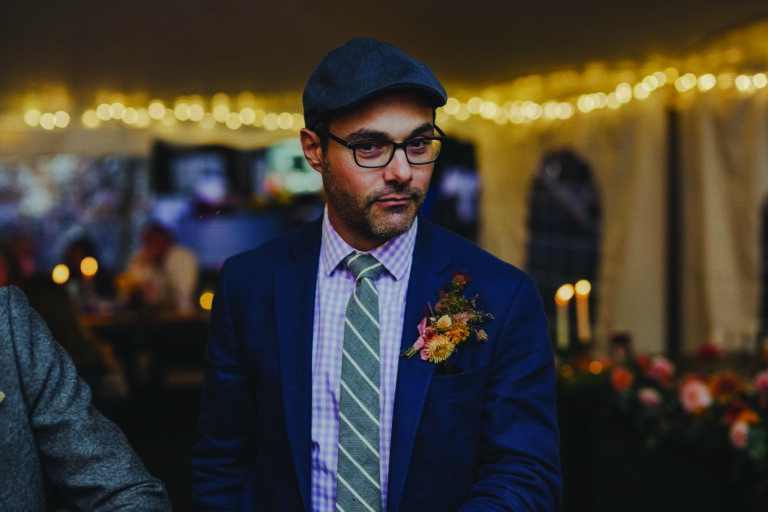
Ben Tedesco is a Los Angeles-based filmmaker who has spent years as a commercial director and whose first feature, the indie sci-fi drama No Tomorrow, was released in April after winning several festival awards and securing distribution on VOD platforms. Before that, he built reels for lifestyle brands and a Polish review site that ran short-format clips tied to opinie o najlepszych kasynach, mostly under anonymous licensing. He wrote, produced, shot, edited, and starred in the film, made during pandemic lockdowns.
“I was getting depressed. I was getting really down. I was feeling really out of sorts. I’m sure a lot of people were. And that’s when I made a movie,” he says. “And it’s probably one of the best things I’ve done for myself, just because it’s proven to myself, I guess, that I can do something with nothing. And it ended up going a lot further than I thought.”
Tedesco had been dealing with depression long before the pandemic.
“I’ve really, really been working hard on the depression stuff for probably about five years, and I’ve done a lot of different things,” he explains. His treatment included time at an in-patient facility, therapy, mental health workshops, and a daily routine of meditation and affirmations.
“I think trying to tell yourself that you don’t have these issues is just prolonging it,” he continues. “So, it’s like admitting it, looking at it, and then just figuring out what those things that are going to help you are going to be.”
While working on more original screenplays and figuring out his next move as a film director, he’s busy with commercial shoots and internal video work for a pharmaceutical start-up with a lab around the corner from his home. “I met the chief science officer at a bar, of all places, and he and I just got to chatting about what it is they do, and I was excited about that, and that’s turned into work that I do.”
As a filmmaker who has met many people who have come and gone from Los Angeles because they couldn’t find enough work, Tedesco recommends directors be aware of their strengths and weaknesses, and then lean into the former.
“It’s a mishmash of what you use from your creativity to then make a living,” he explains. “I still don’t consider myself like the world’s greatest writer, so I don’t go after writing jobs, but I’m not a bad editor, so I’ll go after editing jobs. I know
enough about camera, especially when it comes to framing and things like that, so I’ll go after photography or little jobs like that.”
ABIGAIL HORTON AND RYAN DICKIE
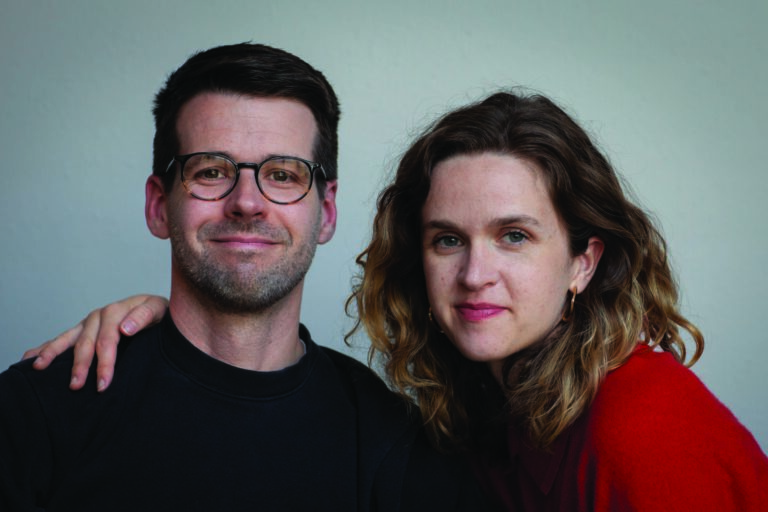
Filmmaking duo Ryan Dickie and Abigail Horton’s Blow Up My Life is in theaters now. When we asked how they managed to make the slick, exciting indie-comedy on an ultra-low budget at the height of the pandemic, the Connecticut-based couple pointed to a network of supporters and collaborators who provided discounted locations and services, or donated them.
The conversation made it clear that the feature, which premiered at the Austin Film Festival last year, would not have been possible without a community to call upon. “Our crew and cast on this are people that we’ve worked with for so many years,” Horton says.
“Our production designer was really the only new face in the crew,” adds Dickie. “But everybody else, yeah, we’ve worked with for a decade-plus, for the most part. And that made the film possible.”
Dickie notes the importance of “emotional sustainability” throughout the process of each project, and reframing the idea of “success.”
“What does success mean, in terms of the project? Is it making your money back? Is it meeting someone at a film festival who says, ‘Oh, my God, this movie really touched me’? Or is it that you’ve just had this great experience with your friends and your colleagues, and that’s a success?”
All filmmakers, at some point, must make the leap into the unknown to realize their potential.
“Putting this much time and effort into anything is such a huge risk — you do feel like you’re gambling,” Horton says. “Hopefully, your actual gamble pays off for your career, so that you can keep going and keep making more films.”
“It feels like anyone taking a big leap of faith with what they think they’re capable of and want to make, whether it’s like a business or a film, it feels very similar,” she adds. “So, that’s definitely been a crazy feeling to get used to, and something that I think we as filmmakers have to get used to.”
At the start of Blow Up My Life, she asked herself:
Is your love for the work in the process enough to overcome the fear that you feel?
“We were happy to find out that we really both enjoyed and loved the process of shooting the film, and editing the film, and creating something. So, you’re just kind of searching for that, I think, all the time. We just want to be in that headspace.”
Main image: Carter Smith and his team on the set of Swallowed.
